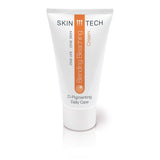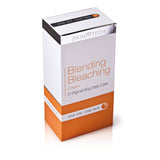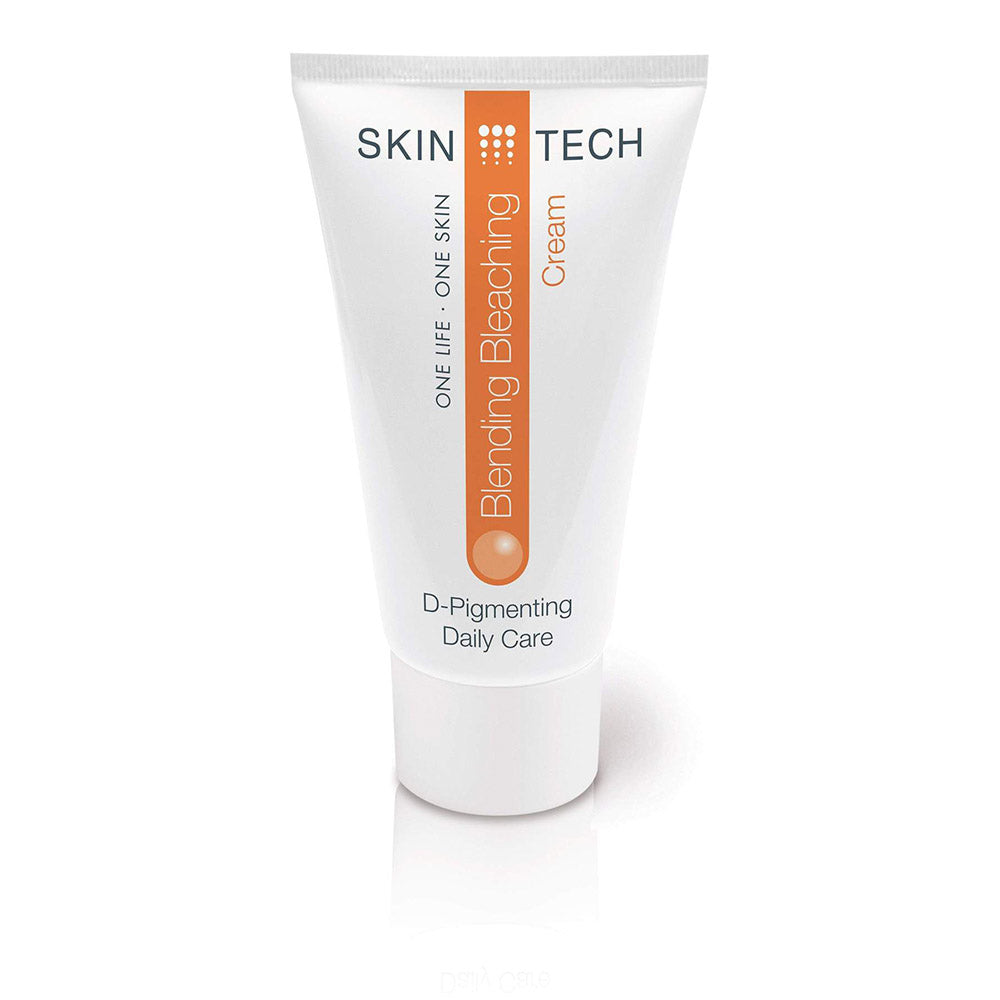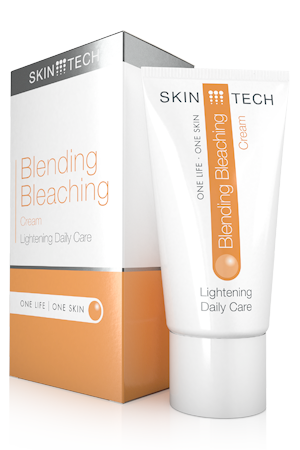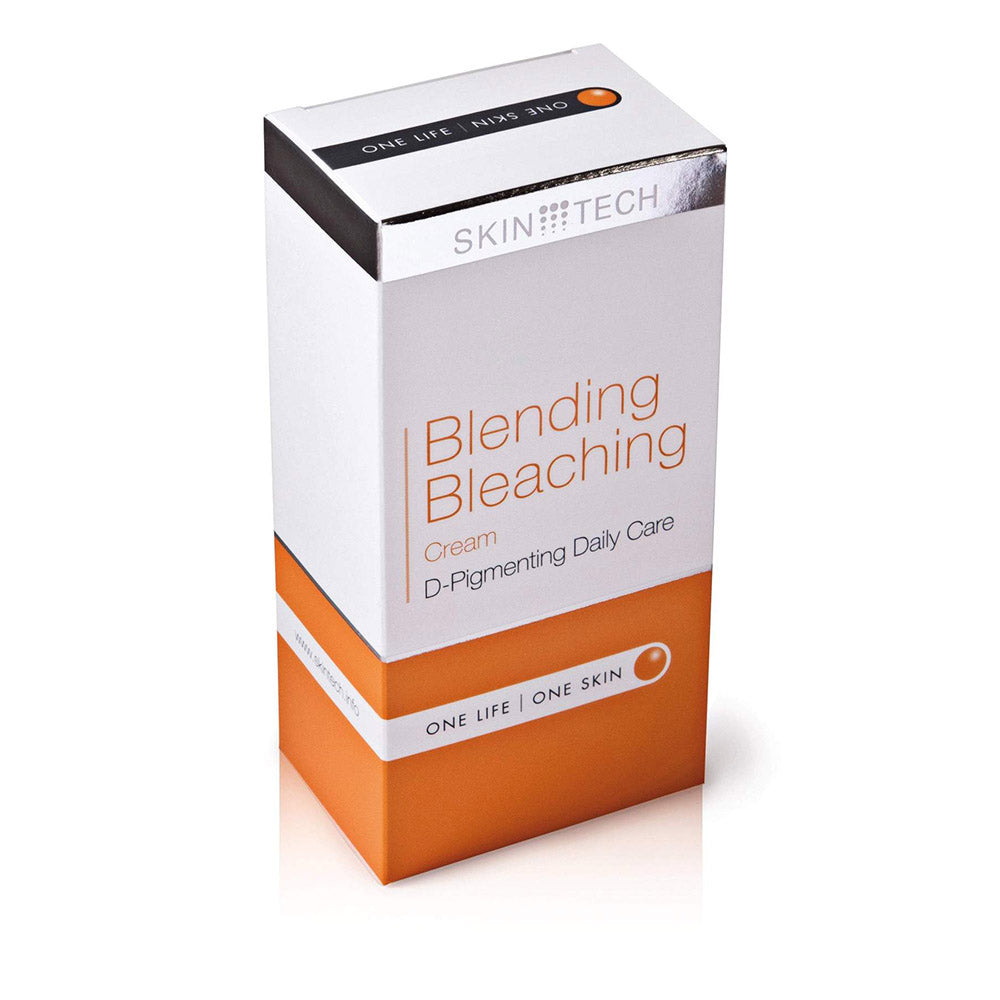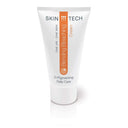Skin Tech
Skin Tech develops and manufactures high-quality chemical peels and specialised skincare products for medical professionals. Its extensive peel portfolio covers superficial to medium depths, using proven acids such as TCA, glycolic and salicylic to treat ageing, pigmentation, acne and scarring.
To support optimal outcomes, Skin Tech also offers dedicated pre- and post-peel creams, sun protection and maintenance products. These are formulated to minimise irritation, accelerate healing and extend the benefits of in-clinic procedures.
With decades of experience and global training programmes, Skin Tech is a trusted partner for clinicians seeking predictable, effective and safe peeling solutions.











